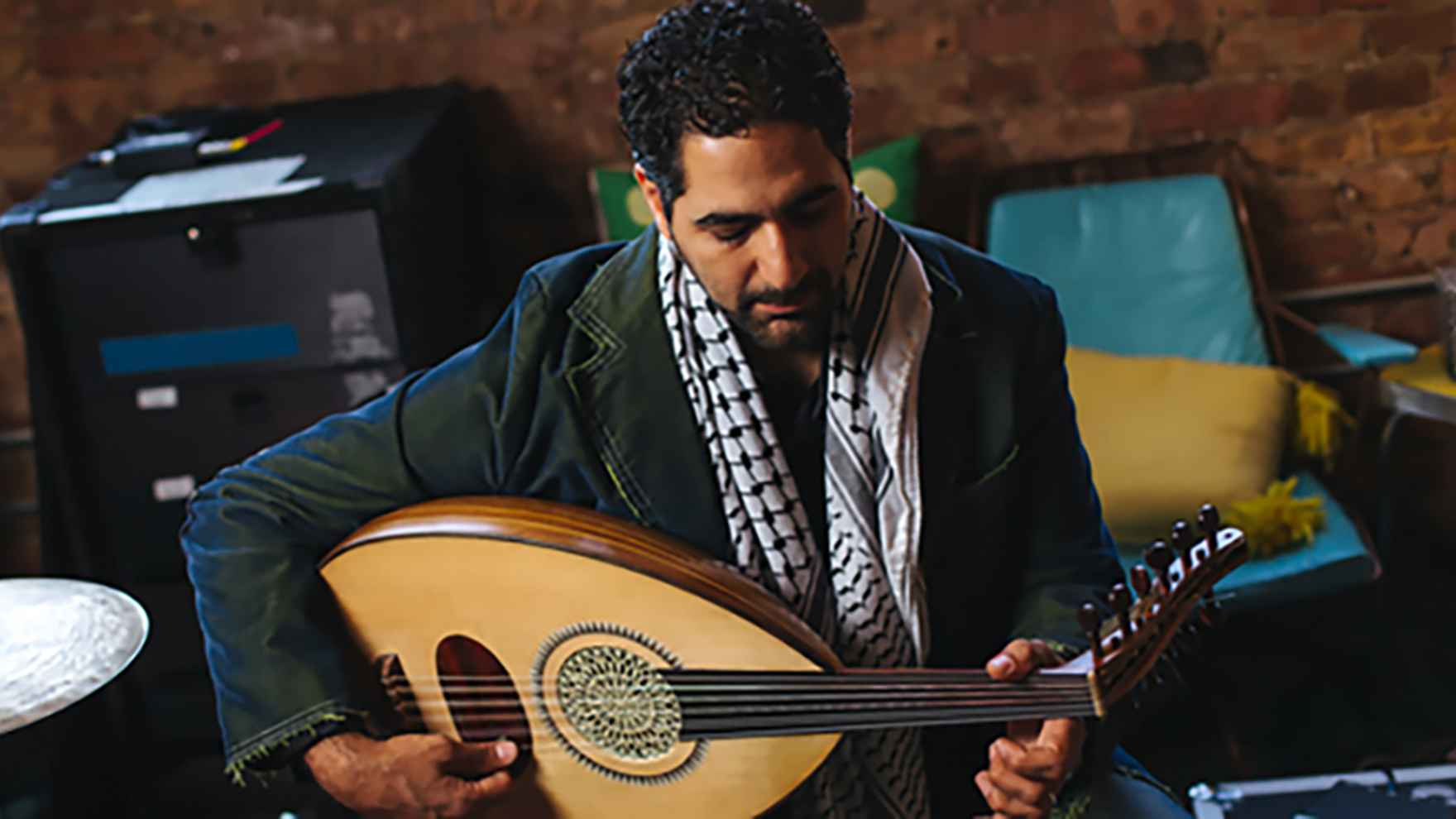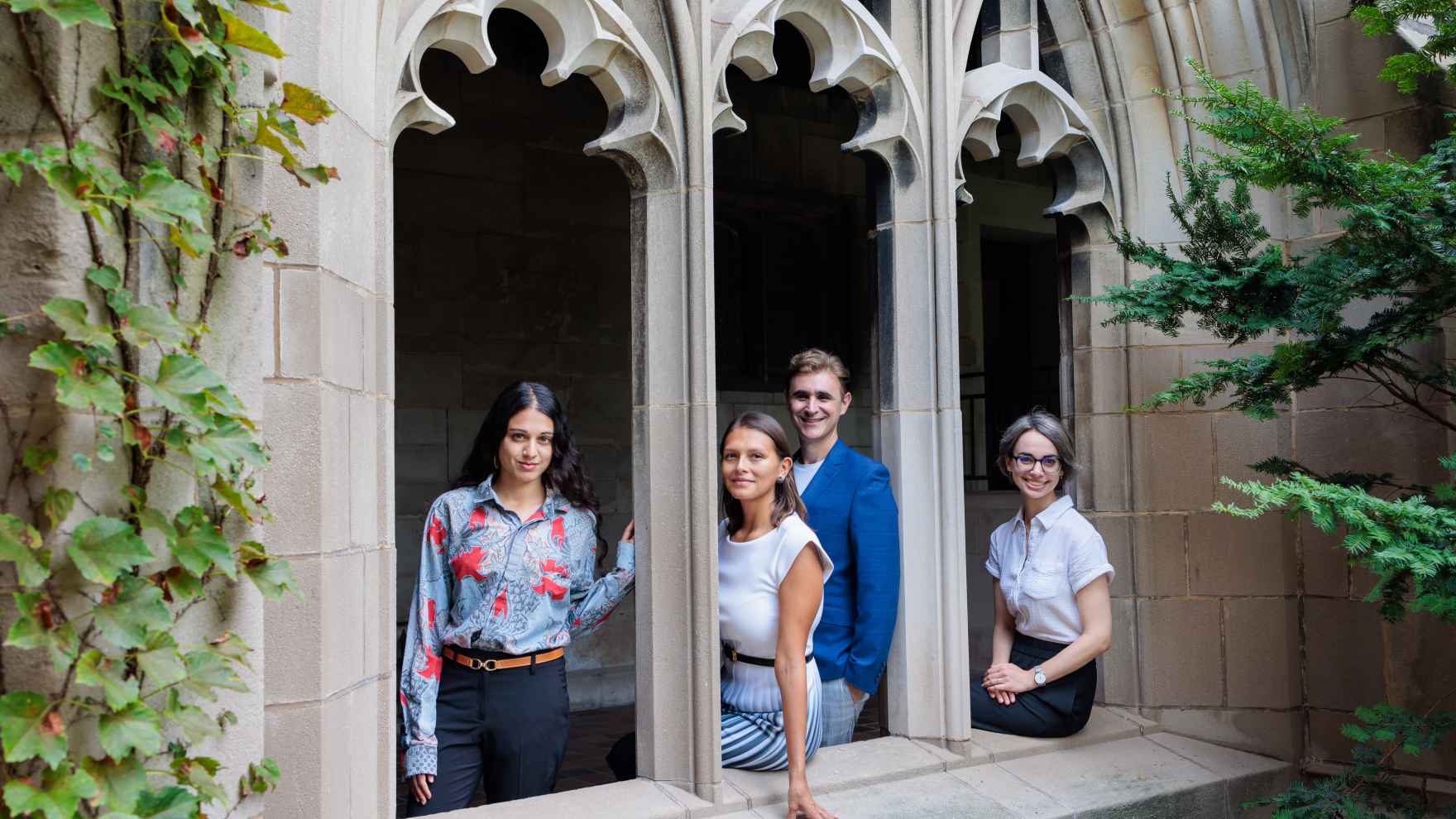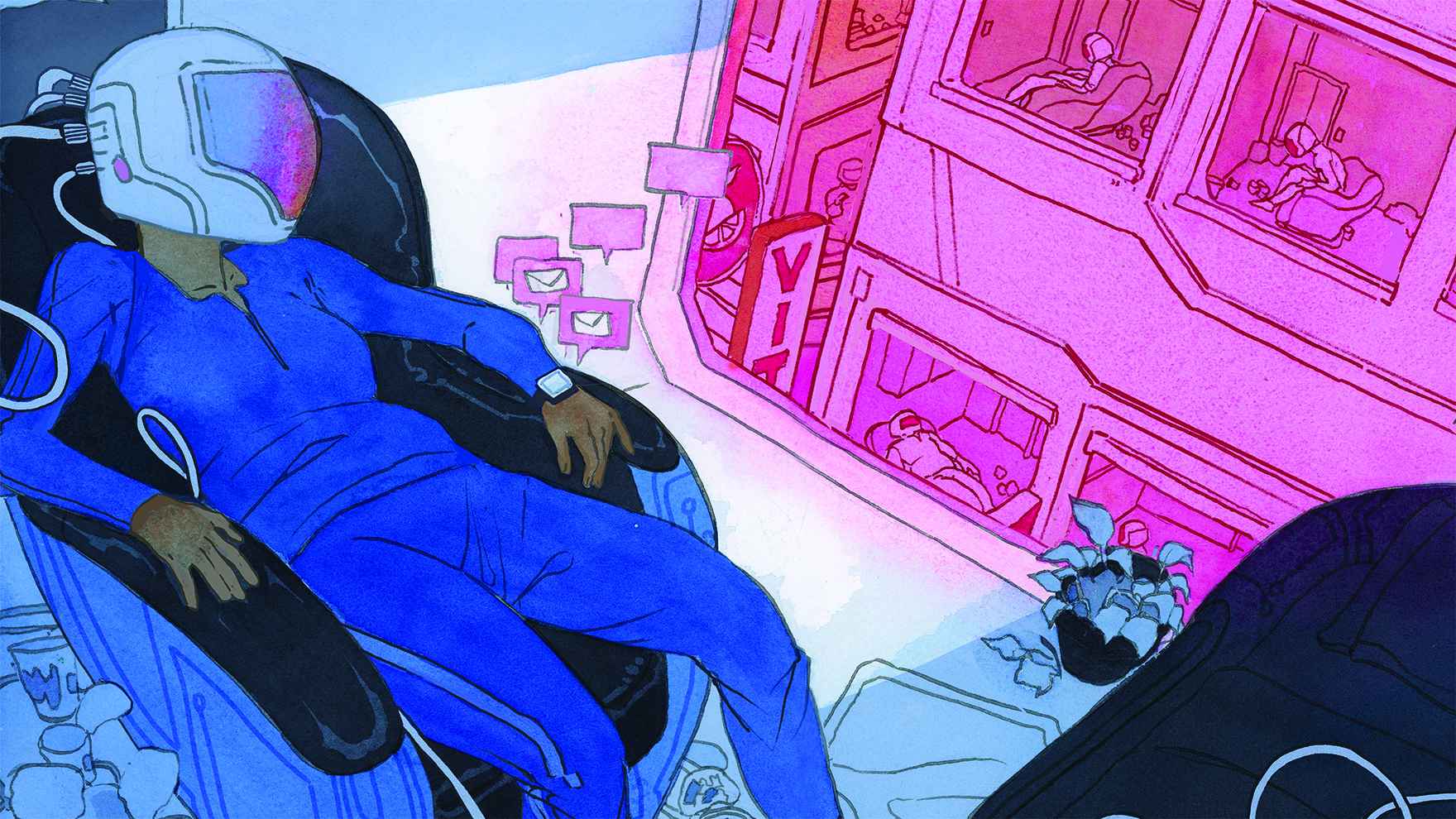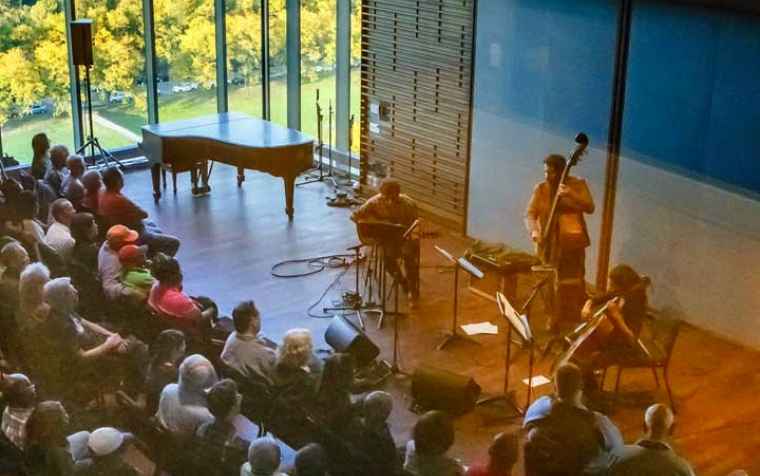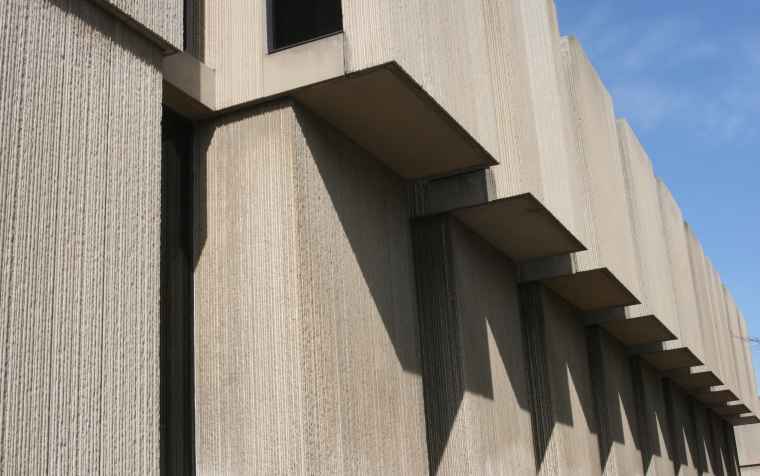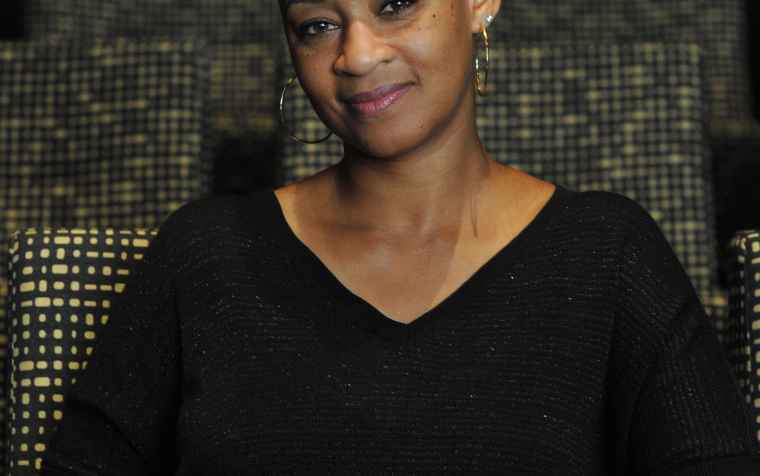Three Faculty Members Recognized With Named Professorships
Thirteen University of Chicago faculty members were recognized for their outstanding service with named professorships, including three from the Division of the Humanities.
- Frances Ferguson was named the Ann L. and Lawrence B. Buttenwieser Professor in English Language and Literature and the College. Her research interests include 18th- and 19th-century literature, as well as 20th- and 21st-century literary theory. Ferguson, who comes to the University from Johns Hopkins University, is currently at work on a project that explores the rise of mass education and how it affects our conception of both individuals and society.
- David J. Levin has been appointed the Addie Clark Harding Professor in Germanic Studies, Cinema and Media Studies, Theater and Performance Studies, and the College. His latest book, Unsettling Opera: Staging Mozart, Verdi, Wagner and Zemlinksy, (University of Chicago Press, 2007), explores how radical stagings impact one’s understanding of classic operas. Levin, an expert on German opera, theater, cinema and performance theory, serves as executive editor of Opera Quarterly and as the director of the Richard and Mary L. Gray Center for Arts and Inquiry.
- Eric Santner, was named the Philip and Ida Romberg Distinguished Service Professor in Germanic Studies and the College. Santner is a leading scholar of German literature, history and culture, and works at the intersection of literature, political theory, philosophy, psychoanalysis and religious thought. His most recent book, The Royal Remains: The People’s Two Bodies and the Endgames of Sovereignty, was published by the University of Chicago Press in 2011.
Read faculty biographies and learn about all of the named professorships here.
Martha Nussbaum to Speak on Religious Intolerance, Oct. 9
Martha Nussbaum, Ernst Freund Distinguished Service Professor of Law, Philosophy, Divinity, and the College, will give a talk Tuesday, Oct. 9 as part of the World Beyond the Headlines lecture series, a project of the Center for International Studies. The talk will focus on her book The New Religious Intolerance: Overcoming the Politics of Fear in an Anxious Age, which explores how fears about terrorism in the United States and Europe have spiraled into irrational suspicion of Muslims in the West, and will take place at the International House from 6:30-8 p.m.
From the Center for International Studies' website:
What impulse prompted some newspapers to attribute the murder of 77 Norwegians to Islamic extremists, until it became evident that a right-wing Norwegian terrorist was the perpetrator? Why did Switzerland, a country of four minarets, vote to ban those structures? How did a proposed Muslim cultural center in lower Manhattan ignite a fevered political debate across the United States? In The New Religious Intolerance, Martha C. Nussbaum surveys such developments and identifies the fear behind these reactions. Drawing inspiration from philosophy, history, and literature, she suggests a route past this limiting response and toward a more equitable, imaginative, and free society. Nussbaum challenges us to embrace freedom of religious observance for all, extending to others what we demand for ourselves. With this greater understanding and respect, Nussbaum argues, we can rise above the politics of fear and toward a more open and inclusive future.
More information about The New Religious Intolerance can be found here and here.
President Zimmer Discusses the Arts on Campus in the 'Wall Street Journal'
University of Chicago President Robert Zimmer recently discussed the ongoing integration of artistic practice and theory on campus in the Wall Street Journal, citing examples such as the Reva and David Logan Center for the Arts and the Richard and Mary L. Gray Center for Arts and Inquiry to illustrate the "rich environment" available both to students and surrounding neighborhoods. "We have a great research university sitting in the middle of a great city," he explained. "Arts are a natural place where a university can contribute to and benefit from the city."
